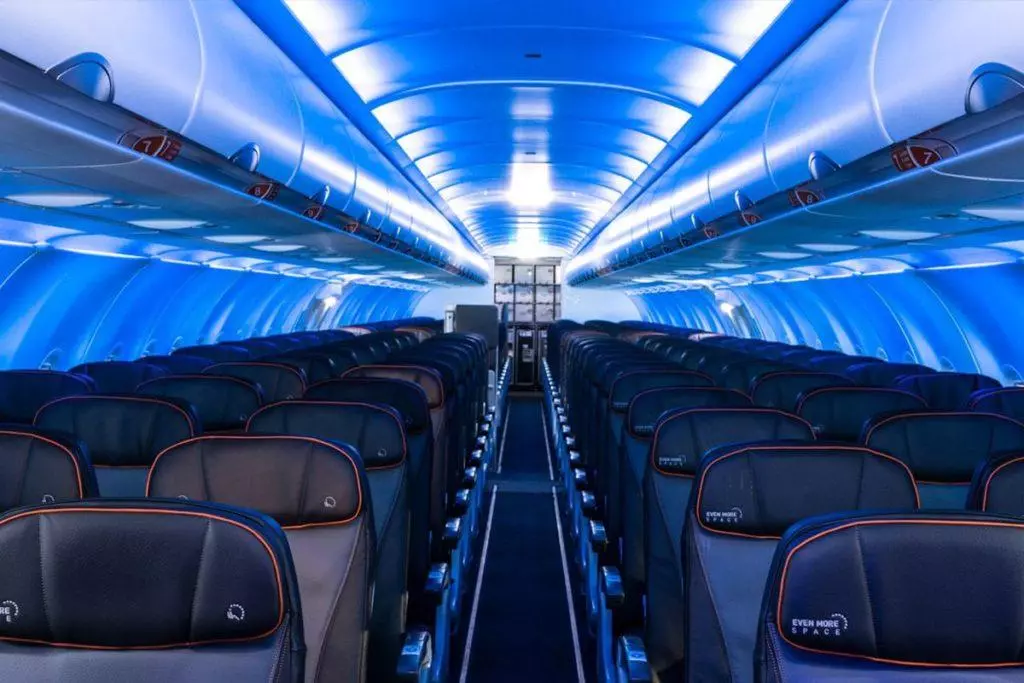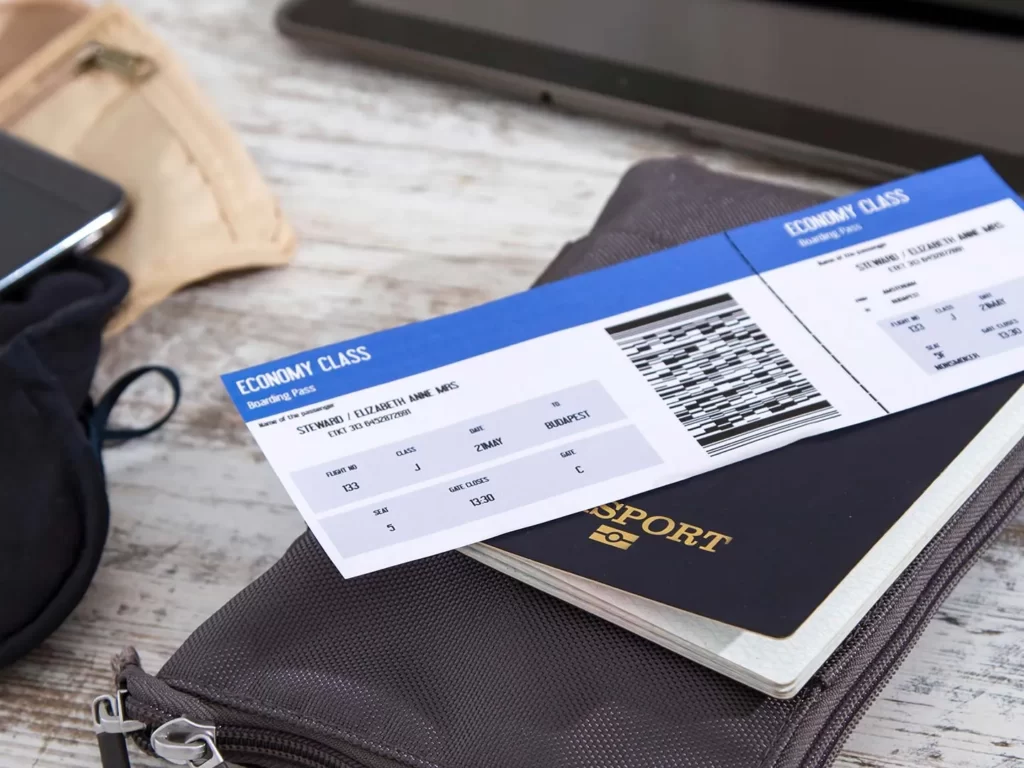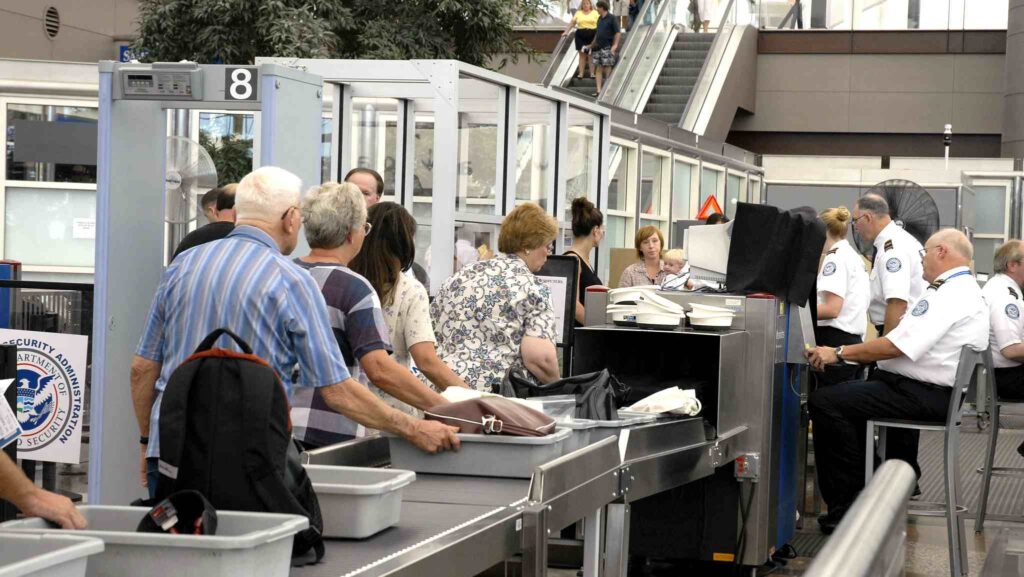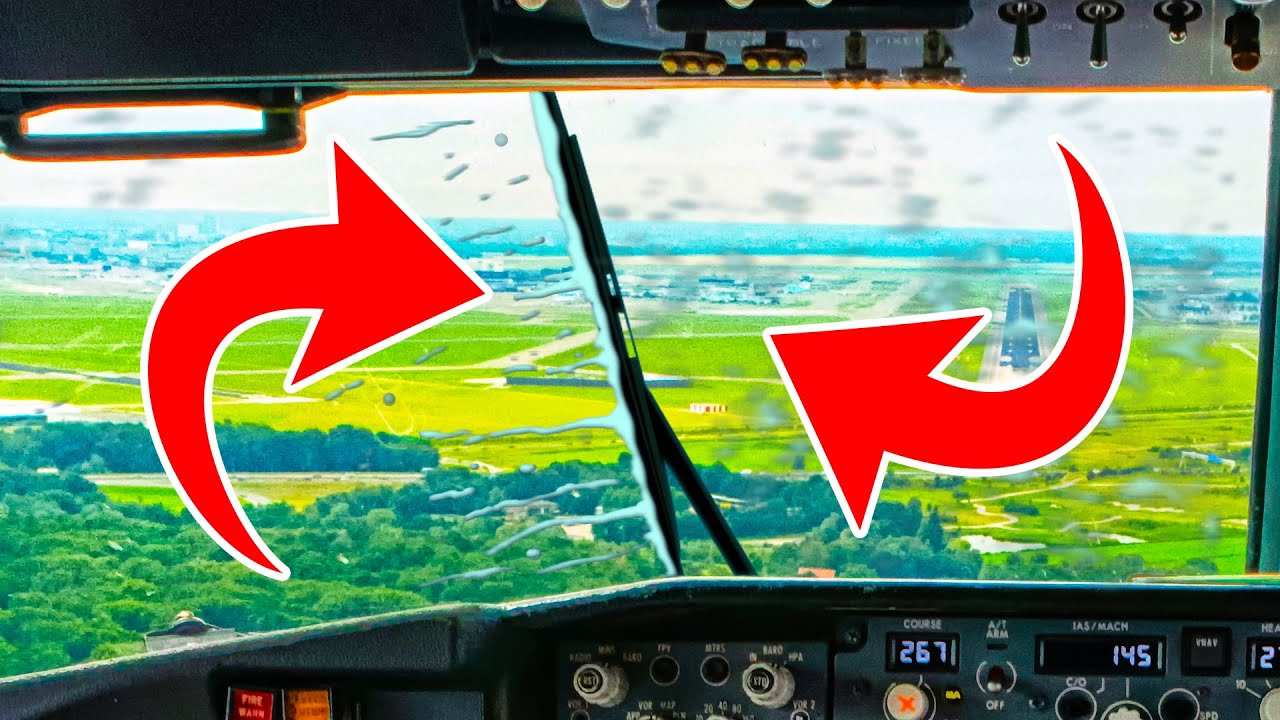Traveling by air can be both exciting and nerve-wracking. However, there are hidden secrets and insider tips that can enhance your travel experience and make your journey smoother. In this article, we will unveil 18 travel secrets from a frequent flyer that most people are unaware of. From understanding the meaning behind the letters on your boarding pass to discovering the dirtiest places on a plane, these insights will help you navigate the world of air travel like a pro.
1- The Calming Effect of Blue Seats:

Have you ever wondered why most airplane seats are blue? Airlines choose this color as it is believed to have a calming effect on passengers, helping even the most nervous flyers relax. Additionally, dark blue fabric makes stains, dirt, and scrapes less visible, ensuring a clean and pleasant appearance.
2- Protecting Your Sensitive Information:

Your boarding pass contains sensitive information, including your name and frequent flyer number. Discarding it in a public place can put your personal data at risk. To safeguard your information, it is best to take your boarding pass home and shred it after your flight.
3- Decoding Additional Security Checks:

If you see the letters “SSSS” or a checkerboard pattern on your boarding pass, be prepared for additional security checks. These marks may result in a thorough inspection of your carry-on luggage. The selection for secondary screening can be random or based on specific criteria such as one-way reservations or cash payments for tickets.
4- The Benefits of Boarding Last:
Experienced travelers have a secret strategy for boarding flights: they wait until the end. Boarding last not only allows you to avoid standing in long lines but also reduces the time spent on the plane. Additionally, it ensures that you won’t have to worry about someone taking your seat.
5- The Risk of Bulky Carry-On Bags:
While boarding last is advantageous, it may not be ideal if you have a bulky carry-on bag. By waiting until the end, there’s a higher chance that the overhead bin space near your seat will be occupied. Consider this factor before deciding when to board.
6- The Bathroom Door Safety Switch:
Ever wondered why the bathroom door on a plane doesn’t fly open during turbulence? Flight attendants flip a small switch on the door to prevent it from opening unintentionally. They can easily open the door by lifting the lavatory sign and moving the knob into the unlocked position when someone is inside.
7- Turbulence vs. Updrafts:
Pilots understand that turbulence, although unsettling, is usually not as dangerous as updrafts. Turbulence may cause the plane to drop a few feet, while updrafts can push the aircraft upwards to dangerous altitudes. Updrafts are challenging to detect on radar, especially at night, and can create a sudden jolt similar to driving over a speed bump at high speed.
8- Airplane Food and Taste:
Did you know that the way the cabin is pressurized affects your taste buds? Up to 30% of your ability to taste sweet and salty flavors is lost at high altitudes. Airline catering companies compensate for this by adding extra salt and spices to their dishes. Noise-canceling earphones can help improve your perception of flavor by blocking out surrounding noise.
9- Decoding In-Flight Dings:
Each chime or ding you hear during a flight has a specific meaning. For example, a Boeing sound after takeoff indicates that the landing gear is being retracted. Three dings in a row indicate increased urgency, while a high-low ring tone informs crew members that assistance is required in another part of the plane.
10- Choosing a Seat for Turbulence:
If you’re a nervous flyer, consider selecting a seat in the middle of the cabin. Turbulence tends to affect the front and rear parts of the aircraft more than the middle section over the wings. By choosing a seat in the middle, you may experience less shaking during turbulent moments.
11- Safety Precautions for Pilots’ Meals:
Pilots and co-pilots are served different meals as a precautionary measure. This ensures that if one pilot experiences food poisoning, the other can safely control the plane. Furthermore, pilots do not consume their meals simultaneously, allowing sufficient time to assess any potential adverse reactions.
12- The Dirtiest Places on a Plane:
Contrary to popular belief, the toilet seat is not the dirtiest place on a plane. Headrests, seat pockets, tray tables, and seat belts are more likely to harbor bacteria and germs. Flight attendants often lack sufficient time to clean or disinfect these areas thoroughly, making them important to be cautious of during your journey.
13- Understanding “Finishing Paperwork” Announcement:
When the captain announces they are “finishing paperwork,” it means they are revising the flight itinerary or waiting for the ground staff to prepare the flight log book. This log book contains the official record of the journey and is a crucial document for the flight crew.
14- Crew Rest Compartments:
Long-haul flights often have secret bedrooms known as crew rest compartments. These compartments, located at the back of the plane or behind the cockpit, provide a place for flight attendants to rest during extended journeys. Equipped with comfortable beds, these compartments ensure that crew members are well-rested.
15- The Strength of Plane Windows:
Airplane windows are made of super-strong plexiglass designed to withstand high speeds and pressure differentials. The curved shape of the windows helps distribute pressure evenly, reducing the likelihood of cracks or damage. Modern windows are highly unlikely to break during a flight.
16- Lightning and Airplanes:
Airplanes occasionally get struck by lightning, but it poses no significant risk. The electric charge simply runs through the aircraft’s aluminum shell without causing damage. Interestingly, aircraft can also trigger lightning when flying through a cloud, as the friction between the fuselage and the air creates static electricity.
Conclusion:
With these 18 travel secrets from a frequent flyer, you are now equipped with valuable knowledge to enhance your air travel experience. From understanding the significance of boarding pass marks to decoding in-flight sounds, these insider tips will help you navigate airports and planes with confidence and ease. Remember these secrets on your next journey and enjoy a smoother and more enjoyable travel experience.










